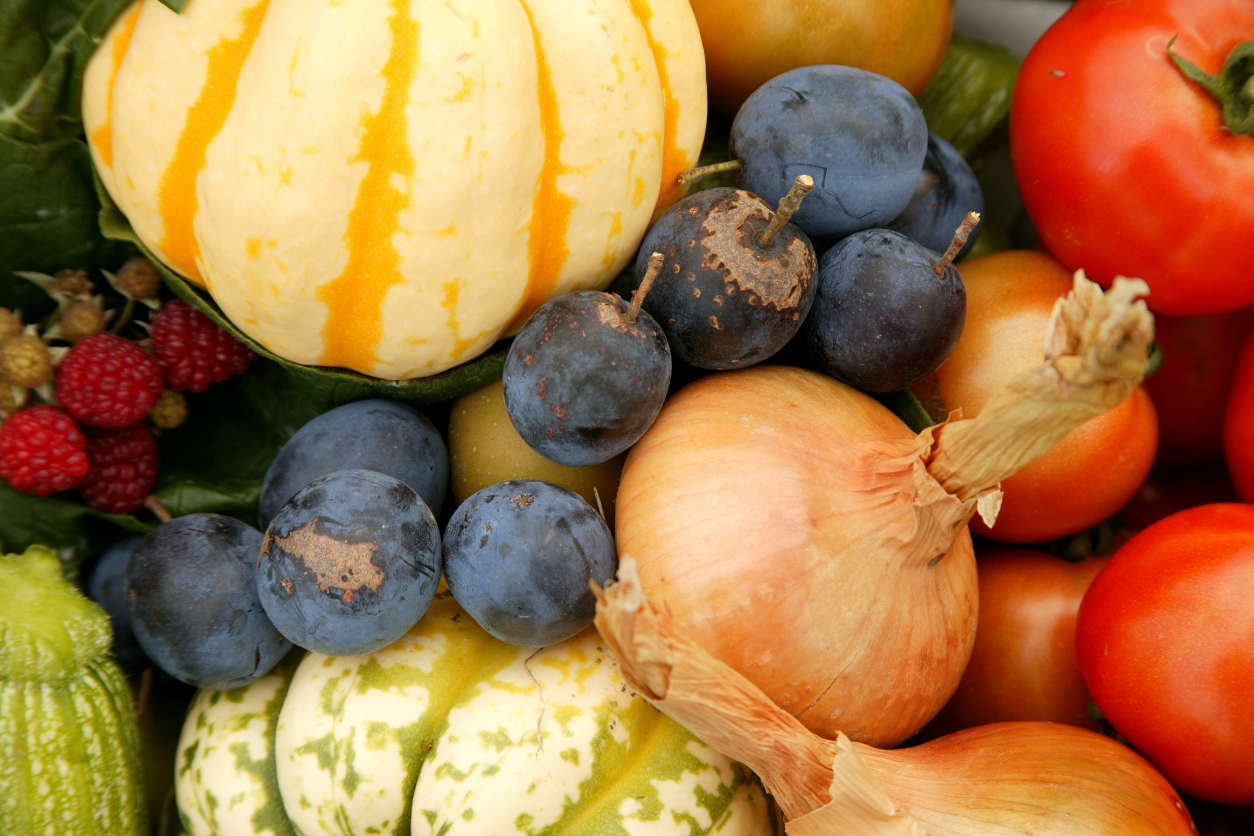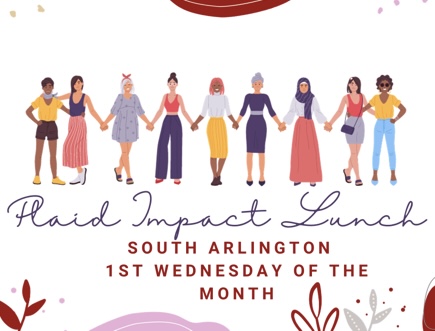As we talked about briefly in last month’s post the wine world can be intimidating. There are so many varietals and a never ending line up of wines on the shelves. I believe this is the main reason that most people continue to go back to either a particular label or a particular region. Too many choices and a fear of choosing wines they will not like. That is where today’s blog should help.
The good news is that you can make an informed decision on a large percentage of the wine world if you familiarize yourself with what is known as The Big 6. There are 3 red grapes and 3 white grapes that make up about 90% of all the wines that you will see on the shelves or find on wine lists. These grape varietals are grown all over the world so they allow you to taste the differences in what the French call terroir or “sense of place” from where the grapes were grown. Meaning that the place or environment is what provides specific characteristics to the wine. This month we will at look at the 3 white grapes and become a little more familiar with them.
We will start with Riesling grape which are typically light bodied wines. I can already hear the grumbles about these wines. These wines can be very divisive and cause an immediate reaction when talked about. I have people tell me all the time that they do not like Riesling because they are too sweet or love them for their sweetness. Unfortunately for many they have only been exposed to pour quality juice. Rieslings are among my favorite wines and are incredible for food pairing. Germany and Austria have some beautiful, dry Rieslings that have amazing acidity that will change your mind about Rieslings. Germany has truly amazing sweet Rieslings as well. How do you know if the Riesling you are looking at is dry or sweet? It can be done fairly simply. Find the alcohol content, ABV, that is on the wine bottle. The higher the percentage of alcohol the drier the wine. For the most part it is really that simple. Next time you are looking for a wine to pair with heavily spiced cuisine such as Thai or Chinese give Riesling a try.
That brings us to the medium bodied wines that are made from the White grape Sauvignon Blanc. Sauvignon Blanc is grown all over the world and ranges from very simple to very complex. You can find Sauvignon Blanc from California, France, Chile, New Zealand and Australia just to name a few. You may see it on shelves in the California section under Fume Blanc. My personal favorites come fro the Loire Valley from Sancerre and Pouilly Fume. Sauvignon Blanc can be crisp, elegant, and fresh when coming from the Loire to grassy and tropical in warmer climates. Food pairing for these wines can range from shellfish, fish, chicken and pork and is a great wine with cheese. Try it with goat cheese, Cambozola or Brie de Meaux.
Finally the all important Chardonnay grape. This full bodied white seems to cause the greatest divide, more than any other wine, in my conversation with people. People either love it or hate it. People are either California Chardonnay drinkers or they are Burgundy Chardonnay drinkers. Chardonnay is produced in California, France, Australia, New Zealand, Italy, South Africa and many other wine regions. Not to mention it is an important component to many of the worlds sparkling wines, including the wines of Champagne. (I am going to assume that many out there are more familiar with the California styles so I will skip them on this blog.) I believe that many regions make fantastic Chardonnay but for me France is the place. You can find good value in Burgundy in areas such as Chablis and Macon. If you want to try something truly amazing that can be done in Chablis, Chassagne-Montrachet and Puligny-Montrachet. There are other fine examples as well throughout Burgundy. Chardonnay can be amazing food wine that is very versatile but be careful when choosing where the Chardonnay comes from. They range from steely, crisp, lean and mineral to buttery, oaky and tropical with everything in between. If I don’t know what food someone is serving or I am faced with many different types of dishes in a restaurant I go with Champagne because lets face it… Champagne goes with just about everything.
I hope this gives you a bit more confidence and understanding when approaching wines. Next month we will tackle the 3 red grape varietals.
–Cheers!
Zachary Campbell












